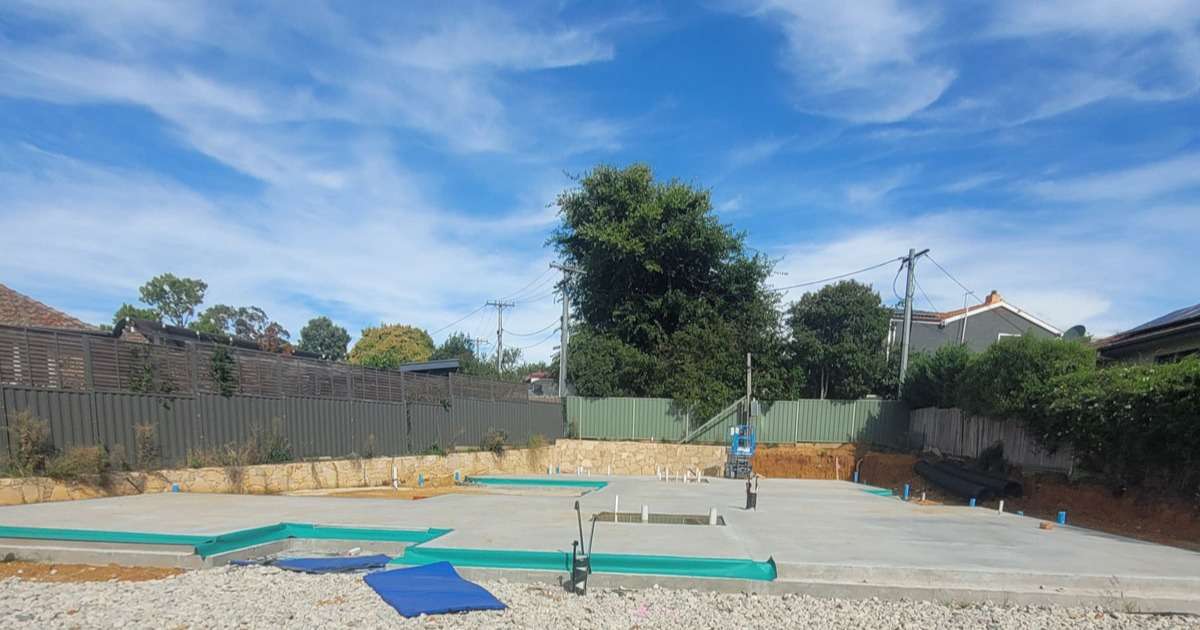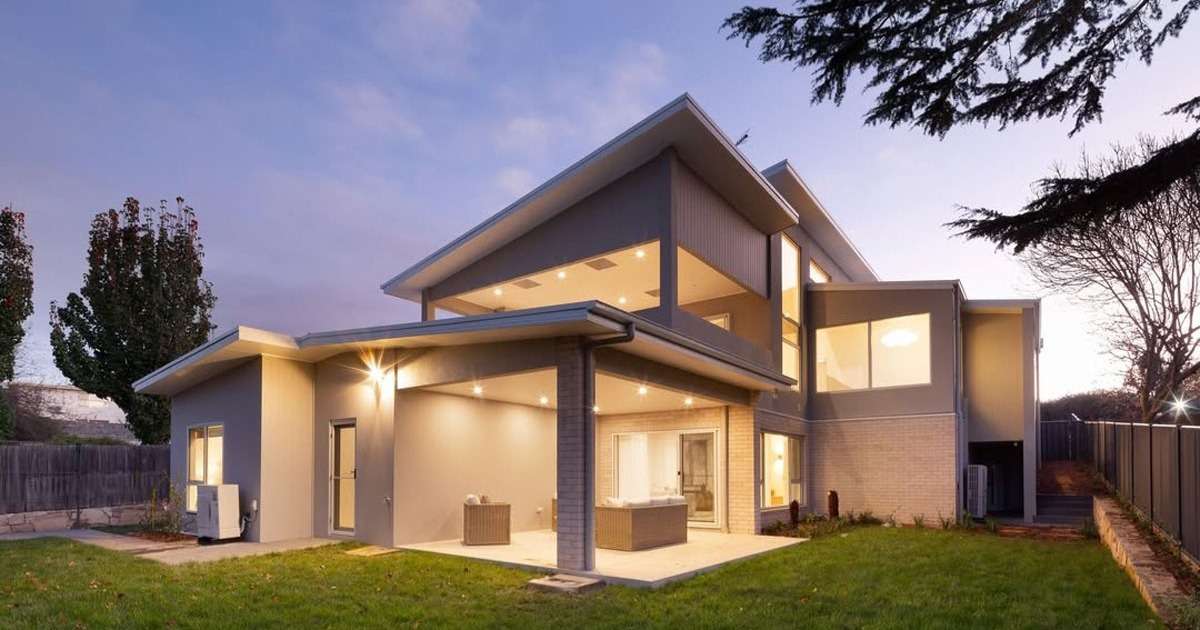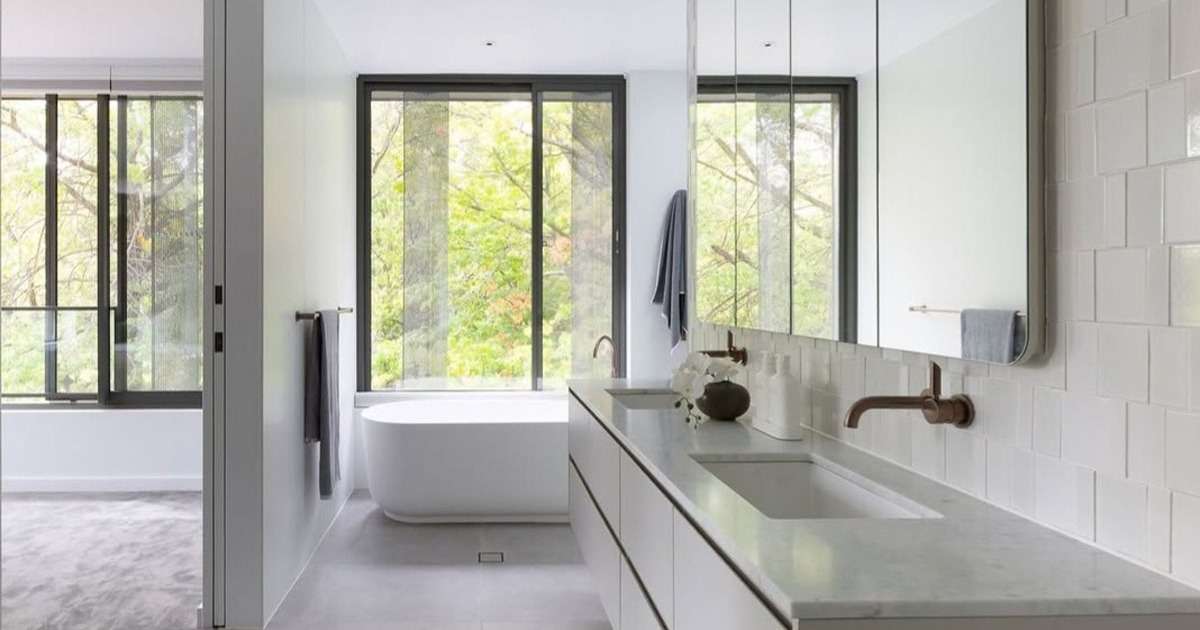You’re ready to build the house of your dreams in the neighbourhood you love — but what are the actual steps involved in a knock down rebuild?
A knock down rebuild is the perfect solution if you love your location but not your current home. Unlike a renovation, it gives you complete creative control and allows you to design and build a brand-new home from the ground up.
With continued house price growth in the ACT and low interest rates, there has never been a better time to start fresh with a knock down rebuild.
Step 1: Check Council Rules and Regulations
Start by checking your local council’s planning and building rules. Most councils have strict regulations for building in established suburbs. Reach out to your local planning department to understand what zoning, approvals and permits apply to your block.
Step 2: Speak With a Knock Down Rebuild Specialist
Once you're across the council’s requirements, your next step is to choose an experienced knock down rebuild builder. A specialist will understand the unique processes and regulations involved and can help you manage permits and approvals. Engaging an expert early helps you avoid costly delays and setbacks later.
Step 3: New Home Design
Your builder will conduct a detailed assessment of your property, including:
- A soil test to determine the reactivity of your soil
- A feature survey showing slope, service connection points, easements, and any existing features
From there, you’ll receive a new home tender outlining site-related costs and a preliminary site plan. You’ll also work with your builder and/or architect to finalise the home design, materials, and colour selections.
Step 4: Contract Signing
Once the design and selections are finalised, your builder will prepare an HIA New Home Contract. This will include:
- Soil test results
- Feature survey
- Contract drawings
- Colour selections
Once signed, the builder will submit your building application. You’ll also need to provide it to your lender to begin setting up progress payments.
Step 5: Demolition
With your contract signed and permits in place, it’s time to knock down the old home. Before demolition, you’ll need:
- A licensed asbestos assessor to verify the site is asbestos-free
- An asbestos clearance certificate
- To disconnect utilities
- A copy of your demolition license
Some builders outsource demolition but knock down rebuild specialists like Como Projects manage the entire process in-house — including demolition — for a seamless, stress-free experience.
Step 6: Site Preparation
After demolition, a second soil test and feature survey may be required to account for any new findings. Your builder will use this information to finalise your construction plan and adjust site costs accordingly.
Next, site preparation begins. Your land is excavated, and the slab area is formed. A building inspector will visit the site to check excavation work, boundary clearances, and reinforcements before the slab is poured.
Step 7: Foundations
This stage involves underground plumbing and electrical works. A second inspection is conducted before the concrete slab is poured. Once complete, the slab is left to cure. The first progress payment is typically made at this stage, depending on your contract.
Step 8: Frame
Here’s where your dream home starts to take shape. If you’ve chosen a timber frame, carpenters will erect the walls and roof trusses. Another inspection ensures the frame complies with plans and that slab tie-downs are correctly installed.
Step 9: Lock-Up Stage
The lock-up stage is when your home becomes watertight. This includes:
- Installing external doors and windows
- Roof, fascia, guttering, brickwork, and cladding
- Electrical and plumbing “rough-ins” — bringing services to the house without final fittings
At this stage, only NSW and QLD mandate a waterproofing inspection — but it’s worth checking with your builder.
Step 10: Fixing Stage
Now the interior begins to come together. This includes:
- Internal plasterboard
- Doors, shelving, and cabinets
- Skirting boards and architraves
It’s exciting to see your home’s personality start to shine through!
Step 11: Completion Stage
This is the final push. Painting, tiling, and installation of fittings like mirrors, benchtops, and shower screens are completed. The final inspection is conducted to ensure everything meets code. Once passed, you’ll be issued a certificate of occupancy.
Your builder will walk you through the home and confirm the handover date. Use this time to check everything is up to standard. Most builders offer a maintenance period in case you notice any post-settlement defects.
Step 12: Settlement
Congratulations — you’ve made it to settlement! All payments are finalised, and you receive the keys to your brand-new home. It's time to celebrate and move into the home you’ve been dreaming of!
If you’re ready to take the plunge and create your forever home, get in touch with the knock down rebuild experts at Como Projects and book your initial design consult today.




